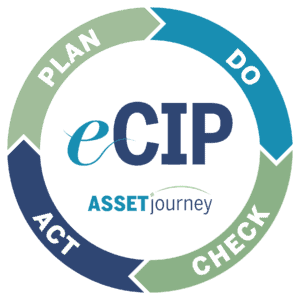Tracking village assets in an organized system brings order and control, and ultimately saves village operators substantial amounts of money.
An Asset Register serves an important purpose at retirement villages. Procuring, allocating, repairing, and replacing assets is a major expense. An Asset Register allows operators to make data-driven decisions that balance cost, risks, opportunities and performance for both short and long-term planning.
An Asset Register is the collection of information about assets at a village. It contains details about each asset, including make, model, serial number, barcode, and other such particulars along with purchase, maintenance, repair, location, usage, cost, effective life, and other data.
The usefulness of this is apparent. With an inefficient asset management system, it is all too easy to spend money needlessly, to lose track of assets, to not keep up on preventative maintenance, and to run into difficulties when budgeting.
Spreadsheets and other such ad-hoc tools can only go so far in managing assets. They quickly run out of steam when maintenance tasks and workflows are involved. They are missing forms, notifications, approval processes, and robust reporting. They have little to offer in a mobile environment. What is needed is software dedicated to efficient asset management, with the tools needed for operators to control asset sprawl and manage assets costs.
Asset Management software, such as our Asset Journey, allows operators to run the villages with a close eye on the spend for new assets, replacements, and repairs. It allows the village staff to keep assets in good working order, with regular maintenance activity. It details the history of each asset and provides a record of what was done when and who did it, as well as where the asset has been previously allocated.
Now, in New South Wales, Australia, an Asset Register has become a requirement. The NSW Retirement Villages Act requires each village operator to have an “Asset Management Plan” that includes an Asset Register in place by 1 July 2022.
For the purposes of the Retirement Villages Act, an Asset Register is only required to contain “major items of capital”, which is defined as anything that costs $1000 or more. However, an Asset Register should be able to include any item deemed worthy to track, which expands it usability as an operations management and cost control tool.
With Asset Management Plan software such as our Asset Journey, the Asset Register can hold any assets at the village while at the same time, being able to produce legislatively sound reports through easy filtering when generating the required reports. This allows the Asset Register to serve dual purposes:
· It meets the NSW legislative requirements (as defined in the Retirement Villages Act), and
· It provides a complete asset tracking and maintenance tool.
It is strongly recommended to implement an Asset Management Plan with an Asset Register to gain the efficiencies and cost savings it brings. And now, with legislation in New South Wales mandating it, and the likelihood of the other Australian states such as Queensland implementing similar requirements soon, it is time to begin your “Asset Journey”.
Contact us for more details and a free demo.








